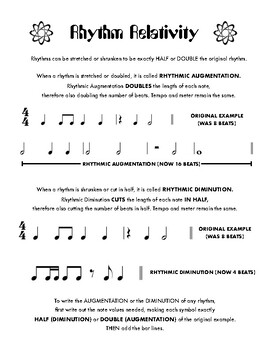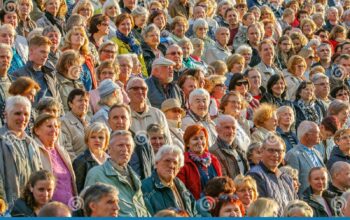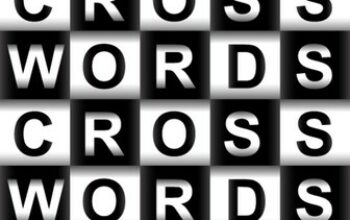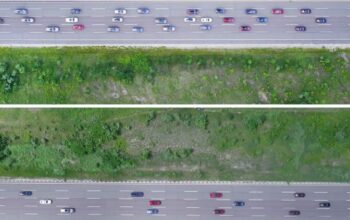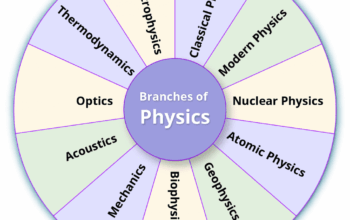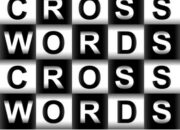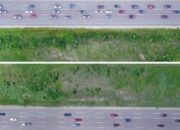Albert Einstein, whose contributions to physics irrevocably altered our understanding of the universe, is not solely a figure of numbers and equations; his legacy transcends the realm of science and permeates culture and art. One particularly fascinating intersection is the synthesis between the abstract principles of relativity and the visceral experience of dance. This exploration not only celebrates Einstein’s intellectual prowess but also offers a unique lens through which to appreciate the intricate tapestry of human experience.
At the heart of Einstein’s theory of relativity lies the idea that space and time are not immutable absolutes but rather interrelated dimensions that can be influenced by gravity and velocity. This paradigm shift invites a juxtaposition between the rigidities of classical physics and the fluidity inherent in dance. Just as relativity deconstructs our preconceived notions of time and space, dance embodies movement, emotion, and the fleeting nature of existence. The physical act of dancing becomes a metaphor for understanding these complex scientific ideas in more tangible, relatable terms.
Consider the very act of dance: it is a suspension of time, where the participant enters a state of flow that negates the constraints of the external world. In this state, dancers often describe a profound sense of connection to both their fellow performers and the audience, echoing Einstein’s theory of interconnectivity. Relativity posits that the observer affects the observed, a concept that finds resonance in how a dance performance is experienced. The audience’s reactions, emotions, and energy influence the dancers, shaping the performance in real-time—a palpable example of relativity in practice.
The choreography itself can serve as a physical manifestation of relativistic principles. Consider dancers who traverse the stage in varying speeds; the contrasting tempos can create an intriguing dialogue that explores the relativity of motion. As dancers move at different velocities, they invite the audience to perceive time differently, unveiling an experiential dimension rather than a mere visual spectacle. This intentional choreography fosters a deeper understanding of relativistic concepts such as simultaneity and the relativity of motion, which challenge traditional notions of fixed perspectives.
Prominent figures in the dance world have sought to integrate these scientific ideas within their works. Notably, the avant-garde choreographer Martha Graham often infused her pieces with themes that explore the human condition—struggling with time, space, and existence. Graham’s choreography not only reflects personal and emotional journeys but also parallels the enigma of the cosmos that Einstein endeavored to unravel. Her approach illustrates how dance can bridge the chasm between scientific discourse and artistic expression.
Moreover, modern dance ensembles have increasingly incorporated multimedia elements that further blur the lines among science, art, and technology. Visual projections that depict models of spacetime or animations illustrating gravitational waves during performances can create an immersive experience for the audience. Such integrations do not merely serve as backdrops; they become active participants in the storytelling, enhancing the thematic depth of the performance and fostering an environment where audiences are encouraged to engage more intellectually with the concept of relativity.
As audiences engage with dance through this scientific lens, there lies a promise of a profound shift in perspective. The nuances of space and tempo facilitate a broader understanding of relativity beyond the confines of academic discourse. By engaging with the principles of relativity emotionally and physically, spectators can begin to appreciate the complexities of existence—how our experiences are shaped not just by our own movements but also by the interplay with the world and others around us.
The potential for dance to act as a conduit for scientific understanding becomes even more pronounced when considering educational contexts. Workshops that combine physics and dance have emerged as innovative methods for teaching scientific principles to students of all ages. These interdisciplinary approaches can cultivate curiosity and encourage exploration, turning what might be perceived as abstract concepts into tangible experiences. Activities might include improvisational exercises that encourage participants to embody concepts such as inertia or acceleration, effectively leveraging kinetic learning to deepen comprehension of scientific ideas.
As one delves deeper into the intersections of Einstein’s relativity and dance, it evokes an invitation to ponder larger existential questions. What does it mean to exist within a universe governed by relativistic laws? How do our perceptions of time and space shape our emotional realities? Dance encapsulates these inquiries by urging both the performer and the observer to explore the fluidity of life itself—highlighting the transient beauty that permeates the human experience.
Ultimately, celebrating Einstein through the lens of dance enriches our perception of both disciplines. Dance provides an experiential framework that invites audiences to not merely visualize but to feel the complexities of relativity. In an age where the profound merging of art and science continues to inspire innovation, this exploration serves as a poignant reminder of our innate capacity to understand, appreciate, and celebrate the nuances of both our bodies and the cosmos at large. By embracing these artistic interpretations, we not only honor Einstein’s legacy but also expand our horizons, nurturing a curiosity that knows no bounds.
